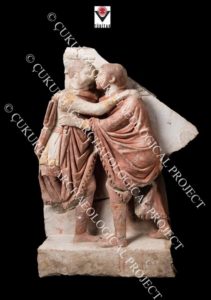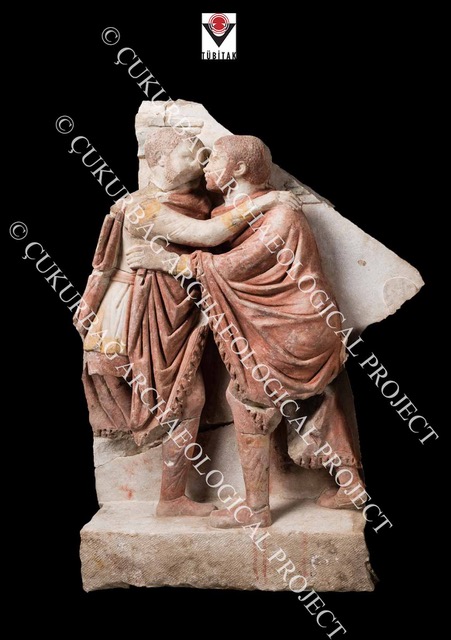Made Locally, Read Globally? The Origins of Tetrarchic Art in the Light of Newly Discovered Nikomedia Reliefs

Roman Emperor Diocletian is best known for his cessation of the 3rd century crisis and introduction of several socio-political reforms, including the tetrarchic system, or rule of four emperors. Diocletianic reforms also transformed the stylistic and iconographic trends in imperial art and architecture. Large palatial and military complexes and the increasingly abstracted, symbolic, and rigid representations of imperial portraiture that emerged during this period are often examined under the term 'tetrarchic art.' Tetrarchic complexes, such as the ones at Split, Thessaloniki, Trier and Luxor, and all the similar-looking portraits of tetrarchic imagery, such as embracing emperors in Venice and the Vatican, are often seen as manifestations of the new tetrarchic political ideology and its main themes of concordance, similarity, and brotherhood between the co-emperors and their military authority.
A new series of monumental reliefs with excellently preserved colors recovered from an imperial cult complex in Nikomedia, Diocletian’s administrative capital where he declared tetrarchic rule in 293 CE, advances our understanding of the origins of tetrarchic art. Through a comparative study of the Nikomedia reliefs with other contemporary examples, this project aims to understand the origins and influences of tetrarchic art. Among the questions sought to answer are: How shall we define tetrarchic art and architecture? Was it pure state art? Were there specially trained state artists employed? Is tetrarchic art consistent in style and form around the vast Roman empire? What do consistencies and inconsistencies suggest? How was this new visual language formed (semantics of its iconography: dress and color-coding, ethnic characterization, and hierarchical scale)? How was it received? How should we read it: within its local context or as a global state art? Thus, the project searches for the historical, political, sociological, and geographical entanglements in the formation of a new artistic style on both a local and a global scale.
